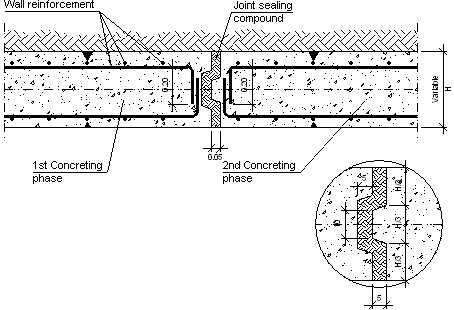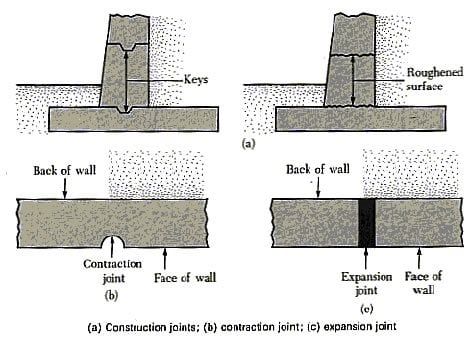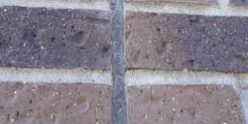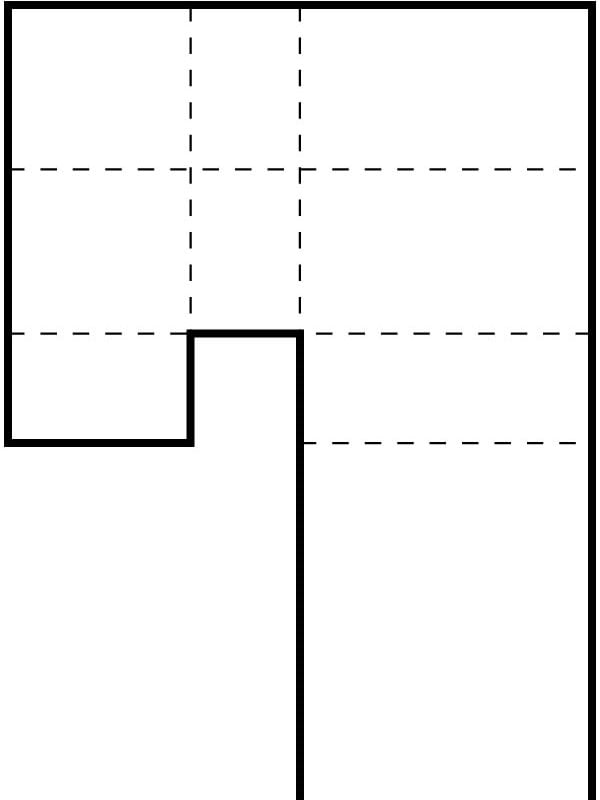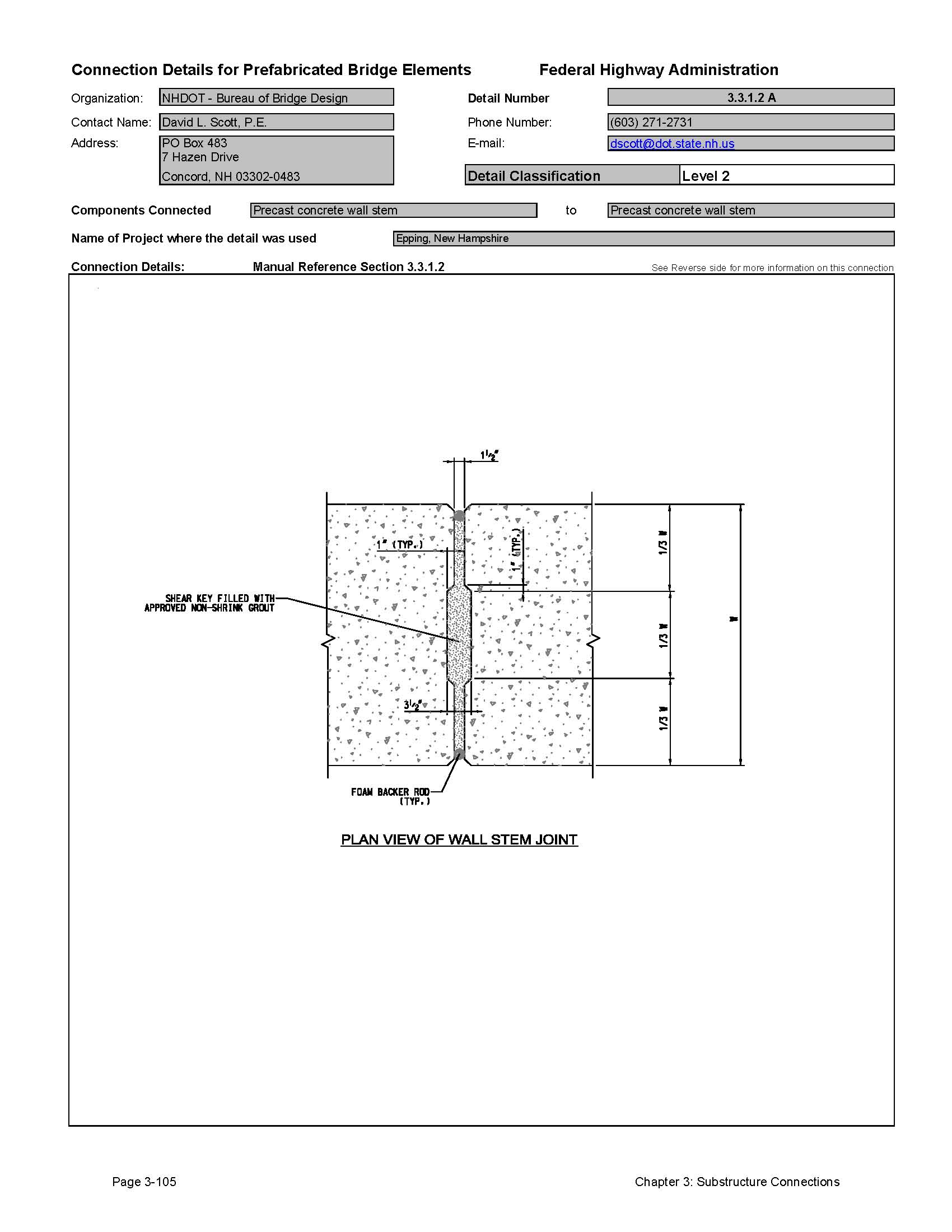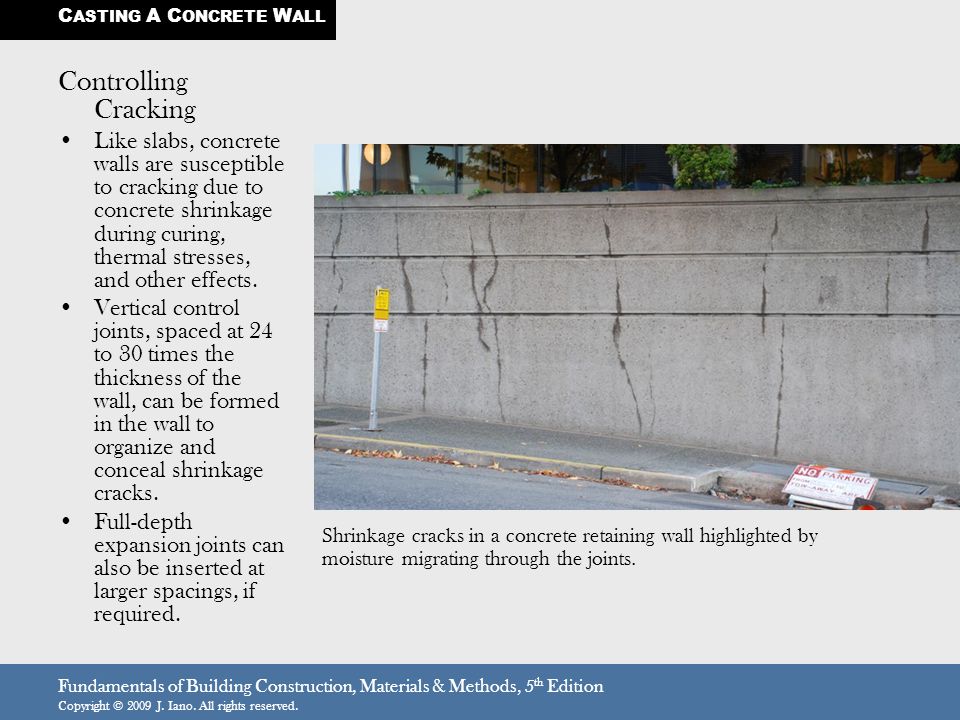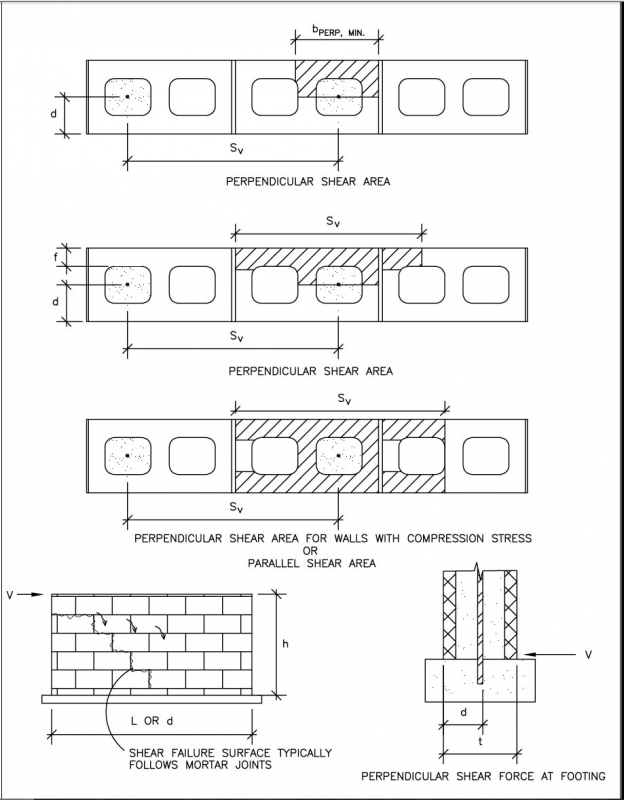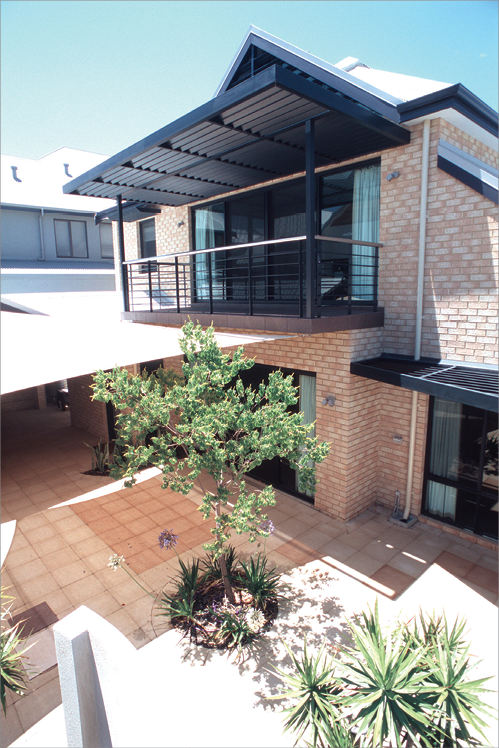Expansion joints are not permitted in footings except at bridge abutments and where the substructure type changes such as locations where spread footing to pile footing occurs.
Distance between expansion joints in concrete retaining walls.
Some designers recommend re ducing joint spacings by about 20 in walls with frequent openings such as doors and windows.
Joint may be grooved sawed or formed.
Expansion joints are separated unbonded surfaces used to prevent stress or load transfer from one feature or structure to another adjacent feature or structure bureau of.
O reclamation a.
In a concrete structure.
Also known as control joint kosmatka wilson 2016 expansion joint.
For soldier pile and soldier pile tieback walls with concrete fascia panels expansion joint spacing should be 24 to 32 feet on centers.
Difference between control and expansion joints.
The hight shear force is applied at the horizontal construction joints located at the lower level.
Expansion joints are provided to allow th.
Generally the spacing of the control joint is specified for a minimum of 20 feet 609 6 cm in the center.
A concrete masonry wall may crack as it shrinks over time.
Expansion joints are provided in every large structure which is subjected to high variation in temperature during its lifetime.
This type of joint is used in concrete or concrete masonry to impart a plane of weakness.
Where control joints are provided in such a wall they widen as the concrete masonry shrinks preventing it from cracking.
Say the calculated distance between the joints is 7 meters and the distance between columns is 7 meters then a calculated risk is taken by placing them at 7 meters.
There is a special check to be done at the construction joints when larger retaining walls or structures having very high lateral loads are designed.
Tial basement walls and the national ready mixed concrete association ref.
This temperature variation causes expansion and contraction in the structure.

